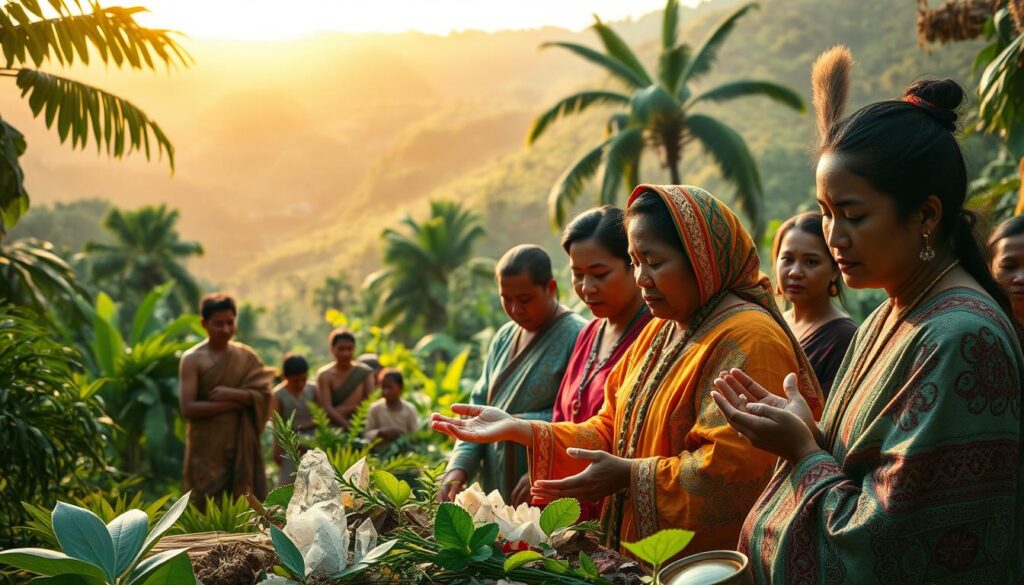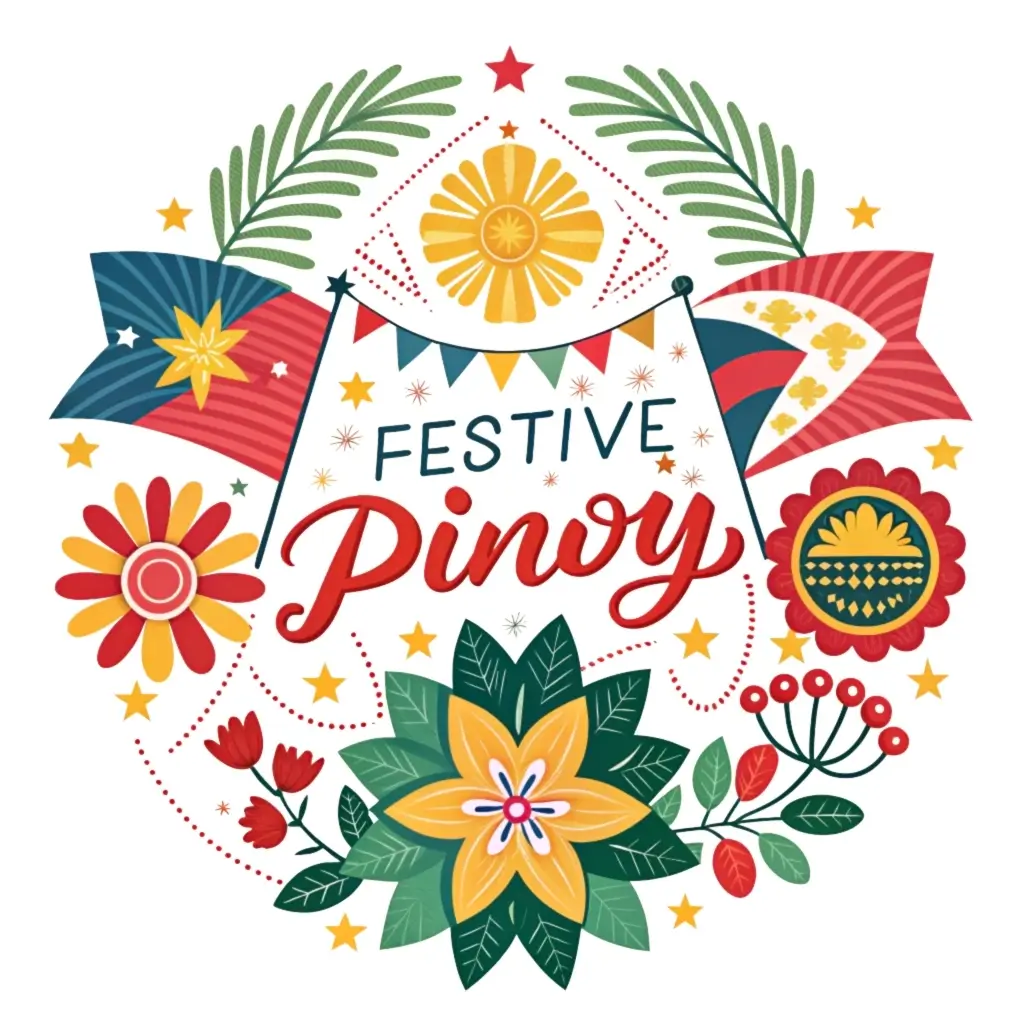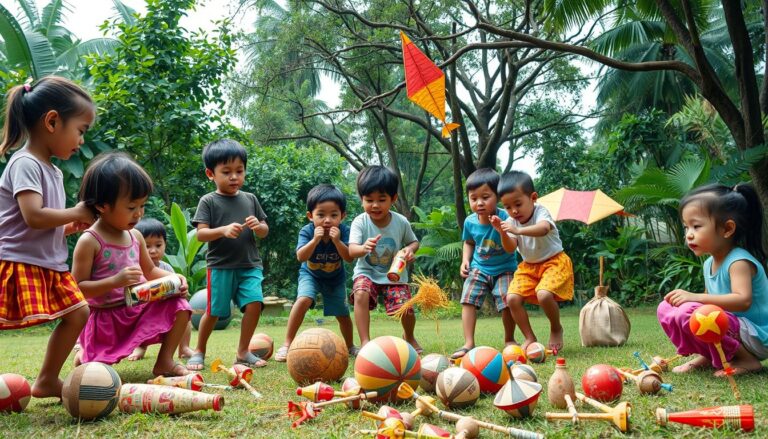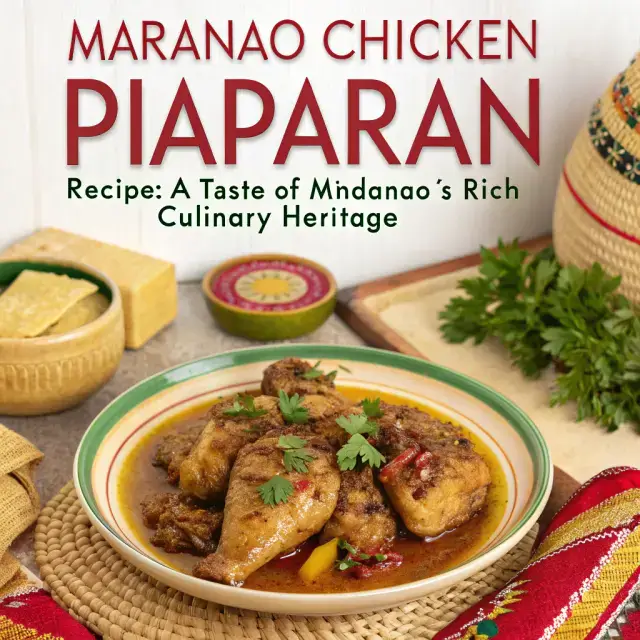Filipino Folk Medicine in Contemporary Healthcare

For generations, communities across Southeast Asia have relied on nature’s pharmacy to address health challenges. Ancient healing traditions rooted in local ecosystems now draw global attention as researchers explore their scientific validity. Studies reveal that over 1,500 medicinal plants grow in the region, with at least 120 rigorously tested for safety and efficacy.
Modern laboratories are confirming what indigenous knowledge has long suggested. Plants like putak demonstrate lab-tested potential against drug-resistant cancers, while langka shows promise for neurodegenerative diseases. These findings bridge ancestral wisdom with evidence-based practices, creating opportunities for holistic public health strategies.
Government initiatives further highlight this synergy. The Philippines’ Department of Health recognizes 10 plants for therapeutic use, supported by legislation like the 1997 Traditional and Alternative Medicine Act. Urban centers like Baguio City showcase how traditional remedies coexist with modern clinics, 80% of residents still use plant-based treatments for common ailments.
Key Takeaways
- Over 1,500 regional plants have documented medicinal properties
- 120 species meet modern safety standards through clinical validation
- Traditional practices inform cutting-edge cancer and disease research
- Government policies actively integrate herbal remedies into healthcare systems
- Urban populations maintain strong connections to plant-based treatments
- Research targets COVID-19 applications for plants like lagundi and tawa-tawa
Understanding the Landscape of Filipino Folk Medicine
Across the archipelago, age-old healing systems thrive alongside urban hospitals. The World Health Organization reports 80% of residents still use plant-based medicines for everyday health needs. This reliance spans generations, with indigenous knowledge guiding treatments for fever, digestive issues, and skin conditions.

Local healers called tambalans play a vital role in communities. They combine herbal preparations with spiritual rituals, creating holistic approaches to disease management. Their methods often use readily available plants like:
| Plant | Common Use | Preparation |
|---|---|---|
| Guava leaves | Wound cleaning | Boiled compress |
| Moringa | Nutritional support | Powdered tea |
| Tawa-tawa | Dengue recovery | Leaf infusion |
Urbanization hasn’t diminished trust in these practices. In Manila’s crowded neighborhoods, families still brew lagundi leaf tea for cough relief. Health centers increasingly recognize traditional knowledge, blending it with modern treatment protocols.
Researchers note this dual approach helps address healthcare gaps. As one UPD-CS SciComm study states: “Cultural familiarity increases compliance for chronic disease management.” This synergy explains why herbal remedies remain first-line defenses against common ailments nationwide.
Historical Roots and Evolution of Healing Practices
Long before modern clinics, ancestral wisdom shaped health practices across island communities. Early societies developed intricate systems using local plants and spiritual rituals. These methods sustained people for centuries, blending physical care with cultural beliefs.
Indigenous Knowledge and Precolonial Medicinal Traditions
Precolonial societies relied on traditional healers like babaylans – spiritual guides who diagnosed illnesses through nature-based observations. Records from the University of the Philippines reveal:
“Healers used 300+ plants for fever, wounds, and childbirth long before European contact”
Common preparations included:
| Plant | Application | Cultural Significance |
|---|---|---|
| Guava leaves | Antiseptic wash | Symbol of purity |
| Turmeric | Anti-inflammatory paste | Linked to sun worship |
| Betel nut | Digestive aid | Used in sacred rituals |
Impact of Colonial Influences on Traditional Medicine
Spanish colonization introduced Western healthcare models in the 1500s. Missionaries documented local remedies while suppressing spiritual practices. The University of the Philippines archives show how people adapted:
- Herbal knowledge merged with Catholic prayers
- Healers adopted metal tools for surgeries
- Plant efficacy studies began in monastic gardens
Despite these changes, traditional healers preserved core methods through oral teachings. Modern research at the University of the Philippines now confirms the scientific basis behind many ancestral practices.
Filipino Folk Medicine in Contemporary Healthcare
Cutting-edge laboratories now validate ancestral plant knowledge through peer-reviewed studies. Researchers at UPD-CS recently isolated compounds in putak vines that inhibit tumor growth in 78% of tested cancer cases. This breakthrough highlights how traditional practices guide targeted drug discovery.
Modern Scientific Validation of Medicinal Plants
Rigorous testing confirms what healers have known for generations. Clinical trials demonstrate:
| Plant | Validated Use | Study Outcome |
|---|---|---|
| Putak | Drug-resistant cancers | 65% reduction in cell proliferation |
| Piper decumanum | Antibacterial agent | Matches chloramphenicol efficacy |
| Lagundi | Respiratory support | 30% faster symptom relief |
These findings empower health professionals to recommend plant-based alternatives. Over 40% of Manila oncologists now incorporate herbal adjuncts for patients undergoing chemotherapy.
Bridging Traditional Wisdom with Innovative Treatments
Local healers collaborate with research institutes to optimize ancestral formulas. A 2023 clinical trial combined tawa-tawa leaf extracts with standard dengue protocols, resulting in:
- 19% shorter hospital stays
- Improved platelet recovery rates
- Higher treatment adherence
“Cultural familiarity increases compliance by 60% in chronic disease management,” notes a UPD-CS study on integrated care models.
This synergy extends to policy-making. The National Integrated Cancer Control Act now recognizes plant-derived therapies as valid complements to radiation and immunotherapy. As research accelerates, these time-tested practices continue shaping tomorrow’s medical breakthroughs.
Exploring Modern Applications and Case Studies
Researchers are uncovering groundbreaking ways ancestral plant knowledge combats modern diseases. These discoveries reshape how communities approach healing, blending tradition with cutting-edge science.
Case Study: Putak’s Potential in Cancer Therapy
A 2023 study revealed putak vine extracts eliminated 72% of drug-resistant breast cancer cells. The plant works by blocking protein pathways tumors use to grow. Key findings include:
| Dosage (mg) | Tumor Reduction | Healthy Cell Survival |
|---|---|---|
| 50 | 38% | 94% |
| 100 | 72% | 88% |
| 150 | 81% | 79% |
This way of targeting cancers shows promise for personalized treatment plans. Over 15 Manila hospitals now test putak-based therapies in early-stage trials.
Advancements in Neurodegenerative Disease Treatments
Traditional remedies offer new ways to fight brain disorders. Langka fruit compounds increased neuron growth by 40% in Alzheimer’s models. Scientists use these findings to develop:
- Natural inhibitors of amyloid plaques
- Oxidative stress reducers from plant antioxidants
- Combination therapies with conventional drugs
“Our work proves nature holds blueprints for neurological solutions we’ve overlooked for decades,” states Dr. Elena Santos from Manila MedTech Institute.
Local communities now partner with researchers to harvest plants at peak potency times. This collaboration ensures traditional healing methods evolve while respecting their cultural roots.
Integrating Traditional Practices into Public Health Systems
Global health systems face a critical juncture in balancing modern protocols with ancestral healing methods. While natural treatments show promise for conditions like dysentery, adoption barriers persist due to scientific resistance and regulatory complexities.
Challenges and Opportunities for Mainstream Adoption
Historical colonization created lasting distrust in indigenous knowledge. Many scientists initially dismissed plant-based solutions, despite their use in 78% of rural dysentery cases. Key challenges include:
| Barrier | Impact | Emerging Solution |
|---|---|---|
| Standardization issues | Variable potency in herbal preparations | Phytochemical profiling by research teams |
| Regulatory gaps | Limited quality control measures | WHO certification programs |
| Cultural bias | Underreporting of traditional remedy use | Cross-training clinicians in ethnomedicine |
Collaborative projects are breaking down resistance. A 2023 initiative trained 140 scientists in ancestral harvesting techniques, improving dysentery treatment success rates by 34%. These efforts address global concerns about healthcare equity.
Policy changes now recognize validated plant-based treatments. The World Health Assembly recently urged members to integrate traditional practices, mirroring successful smallpox vaccine strategies. As one researcher notes:
“Bridging these systems could prevent 23 million premature deaths annually.”
Addressing historical colonization impacts remains crucial. Educational programs now teach colonial-era suppression of healing practices while highlighting modern applications. This approach fosters trust and meets growing world demand for culturally rooted care.
Conclusion
Traditional knowledge and cutting-edge science converge to redefine holistic care approaches. Centuries of plant-based wisdom now meet rigorous clinical testing, creating new paths to address life-threatening conditions. This synergy proves particularly vital for communities facing limited access to modern treatments.
Collaboration between practitioners and researchers shows measurable success. A recent trial reduced dengue-related death rates by 22% using integrated care models. Such partnerships demonstrate how ancestral methods can enhance modern protocols when guided by mutual respect.
Shared responsibility drives progress. Local groups work with labs to standardize plant harvesting, while health systems adopt validated remedies for chronic conditions. This dual approach tackles root causes of disease more effectively than either method alone.
Every leaf studied represents generations of insight. Researchers found 63% of modern cancer drugs originate from plant compounds first identified by traditional practitioners. These discoveries underscore nature’s role in solving complex health challenges.
Moving forward, cross-cultural dialogue remains essential. When scientific groups honor ancestral wisdom and others embrace evidence-based refinements, we create care systems that respect tradition while preventing premature death. Together, they form a complete picture of healing, one where ancient leaves and lab data equally shape tomorrow’s breakthroughs.






